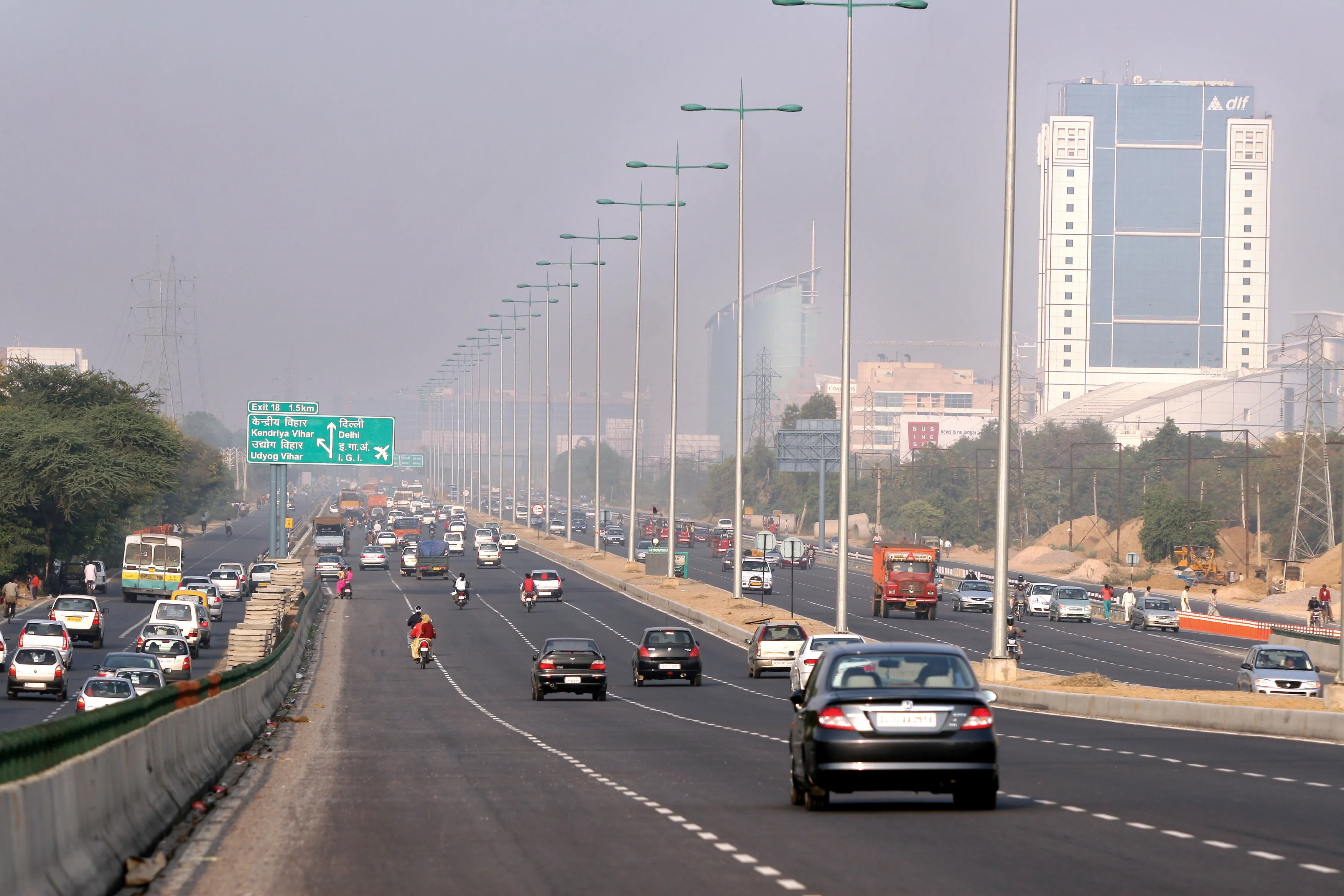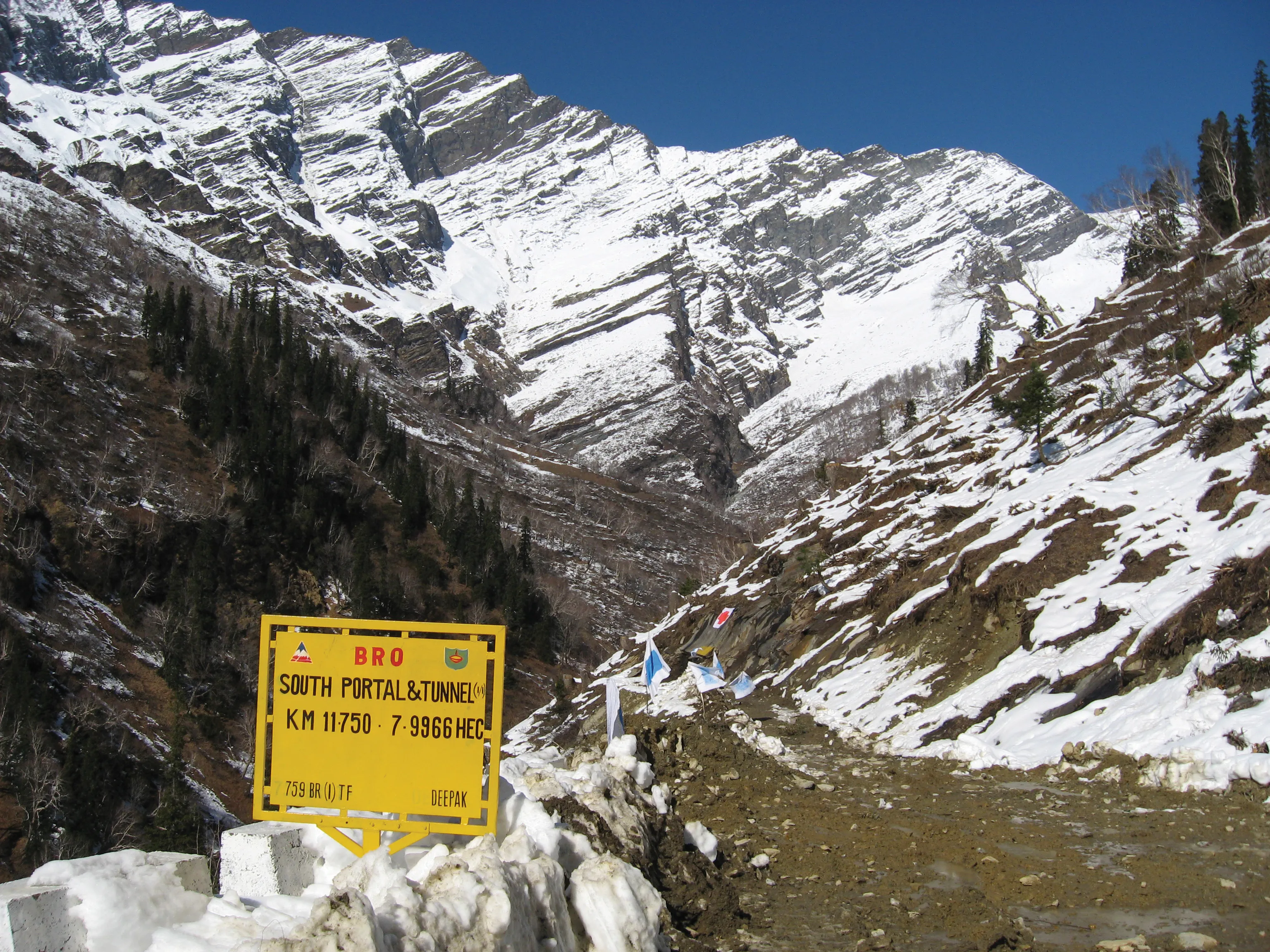Highway sector experts in India are calling for tougher enforcement on helmet use, to boost safety standards for powered two wheeler riders. The country’s accident statistics show worryingly high levels of deaths and injuries for powered two wheeler riders. India is the world’s second largest producer of two-wheelers and these constitute nearly 70% of the country’s registered vehicles. According to India’s National Crime Records Bureau (NCRB), some 28,234 persons (21.1%) of two-wheeler riders have been kill
July 3, 2012
Read time: 1 min
Highway sector experts in India are calling for tougher enforcement on helmet use, to boost safety standards for powered two wheeler riders. The country’s accident statistics show worryingly high levels of deaths and injuries for powered two wheeler riders. India is the world’s second largest producer of two-wheelers and these constitute nearly 70% of the country’s registered vehicles. According to India’s National Crime Records Bureau (NCRB), some 28,234 persons (21.1%) of two-wheeler riders have been killed in 2010, with injuries to the head and neck being the main causes of death. Helmets that meet Bureau of Indian Standards are required by all drivers and pillion riders of two-wheelers. But enforcement is patchy and many riders still go without this basic protection.







